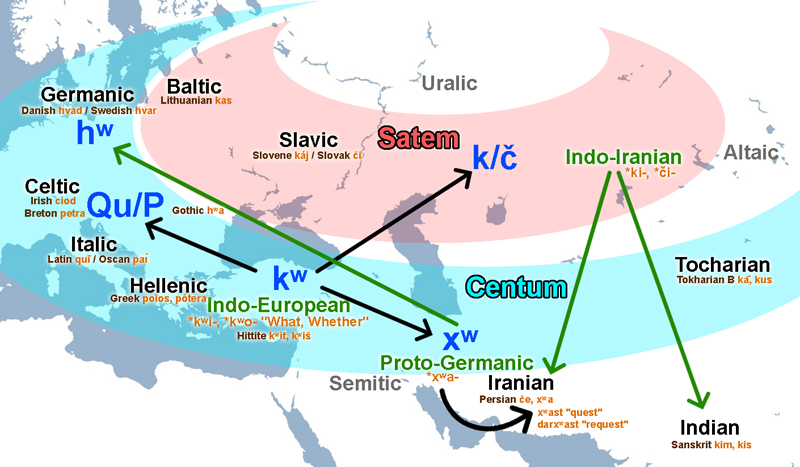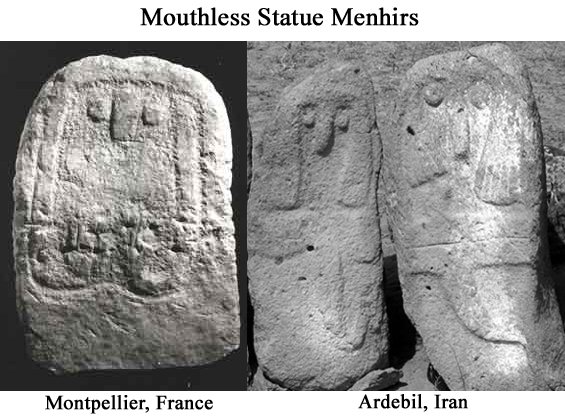No, that's a mistake. It is not that Germanic people and culture are young, it's actually by definition as late as any other as it's the result of continuous developments since PIE was still spoken just like Indo-Iranian or any other linguistic group descended from PIE. There is no such a thing as "younger language" or "younger culture". Germanic is young only in the sense that the latest common language of all Germanic speakers nowadays was still spoken 2,000 years ago, while that of Indo-Iranians was spoken much earlier. This is like Latin, which is the common mother language of all Romance languages, but was part of a much larger and older Italic branch. But of course Proto-Germanic came from some older language and was spoken continuously in earlier forms since it was still basically a dialect of PIE. We just do not know it because it was not written. The Common Germanic language and culture derived from earlier languages and cultures, and it's possible to trace it back to at least the Nordic Bronze Age.
Therefore, there is no reason at all to doubt that Pre-Proto-Germanic and Proto-Indo-Iranian could never have been spoken relatively close to each other. In fact, their mutual contacts must've been really minor because Balto-Slavic show much more isoglosses with Indo-Iranian than Germanic does. Considering all the genetic and archaeological data we have, it makes much more sense that simply Pre-Proto-Germanic was spoken in Northern Europe when Proto-Indo-Iranian was developing in the Pontic-Caspian steppe (Eastern Europe), where it probably began and whence it started to expand southward via Central Asia. Genetically it makes no sense, especially considering ancient DNA, that Germanic North Europeans owe much or even a part of their ancestry to populations from West Iran.
The map of haplogroup I has very little to do with the matter at stake here. I as a whole is more than 20,000 years old and certainly not related only to Proto-Germanic or even Pre-Proto-Germanic. Actually the territorial reach of Germanic correlates much better with another entirely different haplogroup, R1b, more specifically R1b-U106.





